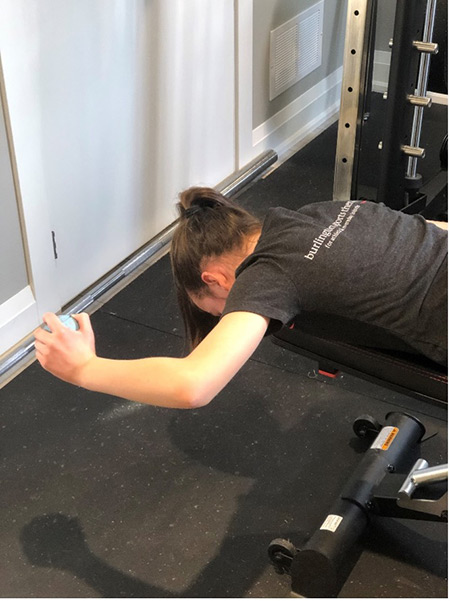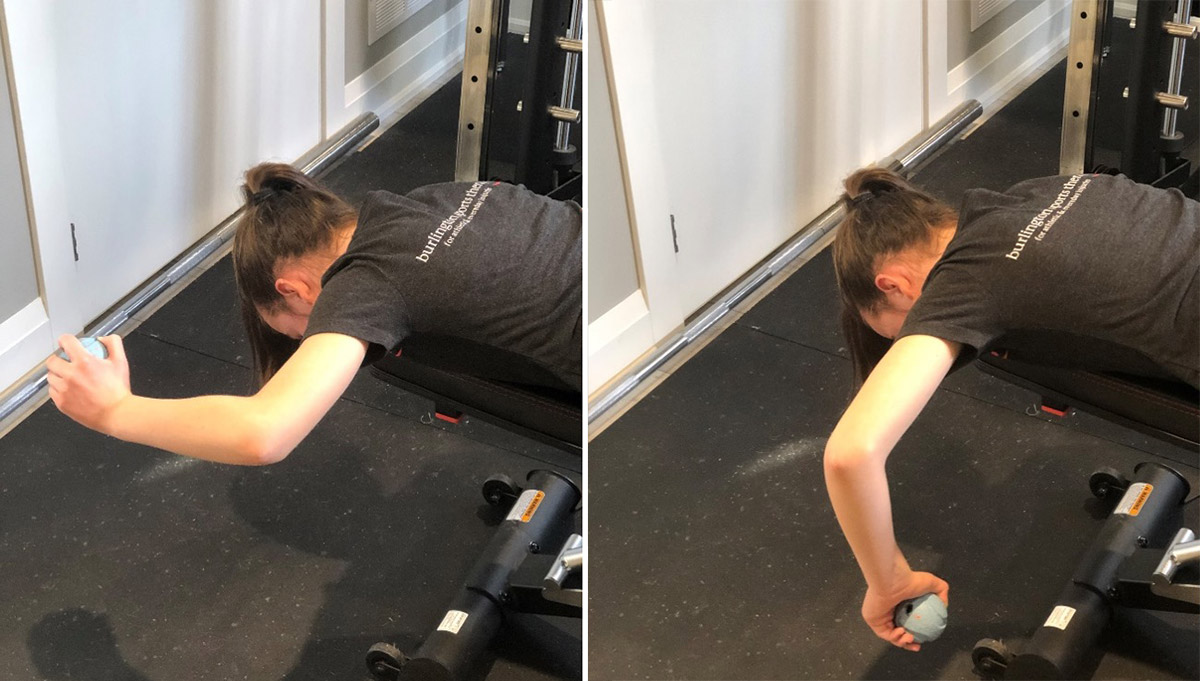Supraspinatus Strengthening: What is the best exercise?
The rotator cuff is a term used to describe four different muscles in the shoulder: the infraspinatus, the teres minor, the subscapularis, and the supraspinatus. I’ve posted many blogs about the rotator cuff over the years, especially about the supraspinatus. This is probably because the supraspinatus is the most commonly injured rotator cuff tendon. The blood supply to this tendon deteriorates over our lives and the tissue breaks down as we age. This degeneration can usually be considered normal and often isn’t even painful. Therefore, we must correlate what we see on imaging with a patient’s clinical presentation. The mere fact that there is damage in the supraspinatus on imaging is not a stand-alone criterion for diagnosis or management. As my radiology professor always said, “treat the patient and not the images”.
Best exercise for strengthening the supraspinatus
It is understandable when someone wants an exercise specifically targeting the muscle that they have been told is torn. What is the best exercise for strengthening the supraspinatus? Historically, the full can and empty can exercises are prescribed to preferentially target the supraspinatus. They are also frequently used as clinical examination tests to assess the integrity of this muscle/tendon. I rarely prescribe the empty can as it often leads to more pain and it does not activate the supraspinatus any better than the full can exercise.
Interestingly, a 2009 study investigating how to best activate the supraspinatus found that a variety of exercises activated it to the same degree, including the full can and empty can exercises. Not surprisingly, this study found that you cannot activate the supraspinatus on its own. It activates along with other muscles. To my knowledge, no muscle truly activates in isolation. So, a reasonable question is what group of muscles do we want to activate since we can’t truly isolate one muscle? This study found that when a person lies on their stomach and does an external rotation movement, the deltoids are activated less but the infraspinatus is activated to a greater degree. Although the infraspinatus (another rotator cuff muscle) is also significantly activated with this exercise this may not be such a bad thing. The infraspinatus is also frequently injured (like the supraspinatus) and its function of assisting the supraspinatus with compression and depression of the humeral head makes it a good choice to target during rehabilitation exercise.
Confused yet?
The short answer is that this exercise may be a great way to activate the supraspinatus (and the infraspinatus) while shutting off as much other muscular “noise” as possible…
Lie on your stomach with a light weight in hand and rotate your shoulder as depicted.

Let’s put all of this into perspective. As I’ve mentioned many times, we must use our brains and make sense of research. There are flaws to this study because they used surface EMG. This means they did not put needles directly in the muscle (which is more specific) but they used sensors on the skin. There is room for error with this. The study also had a very small sample size (around 20 people). Perhaps most important is to ask whether or not preferentially activating a muscle is important since we can’t do that in real life. The exercise depicted above is a good rotator cuff exercise, but it might not be suitable for everyone.
Give our clinic a call and one of our practitioners can help you figure out what movements you’re having trouble with and what exercises will help with your pain and improve your day-to-day function.
By Dr. Kevin McIntyre B.Kin., DC
Reference:
Boettcher CE, Ginn KA, & Cathers I. Which is the optimal exercise to strengthen the supraspinatus? Medicine & Science in Sports & Exercise 2009; 41(11): 1979-1983.









